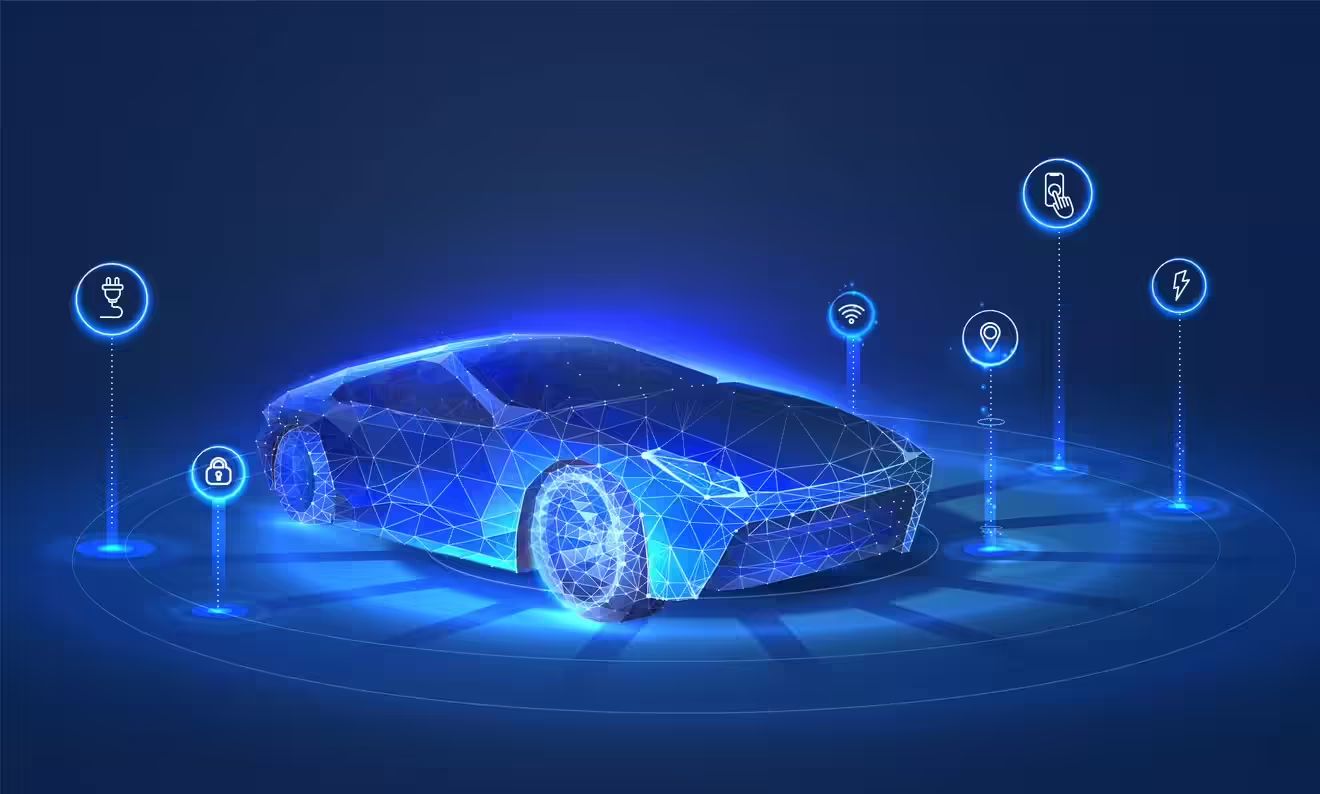- Up n' Running
- Posts
- 🎬️ DoorDash eats Deliveroo in $3.9B deal
🎬️ DoorDash eats Deliveroo in $3.9B deal
PLUS: India’s $37B bet on petrochemicals
TABLE OF CONTENTS
Bite-sized summaries
🧑🍳 What else is cookin’?
MERGERS AND ACQUISITIONS
Food delivery just got a new global heavyweight. DoorDash has officially closed its $3.9 billion acquisition of U.K.-based Deliveroo, marking its biggest European move yet.
The status quo (before the deal):
DoorDash was already king in the U.S. and had stretched into Canada and Australia, later adding Finland’s Wolt in 2022.
Deliveroo, meanwhile, was a strong regional player, with 7 million active users across nine markets, most heavily in the U.K. and Ireland.
With Deliveroo folded in, DoorDash will operate in 45 markets worldwide, including much of Europe, Asia, and the Middle East. That means access to new geographies, a bigger customer base (Deliveroo adds 7M users to DoorDash’s existing 42M), and a stronger hand against rivals like Uber Eats and Just Eat Takeaway.
Why it matters:
Scale is survival. Food delivery is notoriously low-margin. The bigger your footprint, the more leverage you have with restaurants, drivers, and investors.
Post-pandemic shift. Delivery demand boomed during COVID, but growth has slowed. Platforms are diversifying — DoorDash is adding restaurant reservations and even robot deliveries.
Consolidation wave. As competition gets tighter, regional players like Deliveroo can’t always go it alone. Being absorbed by giants is increasingly the playbook.
Overall: This isn’t just DoorDash buying a rival - it’s a land grab for global dominance in a tough, saturated industry. With Deliveroo in its basket, DoorDash just became the most international food delivery giant on the planet.
Read more: Economic Times
INDIAN MARKET
India is gearing up to become a petrochemical powerhouse - with a massive $37 billion investment push that could reshape the global supply map.
India, despite being the world’s third-largest petrochemical consumer (after China and the U.S.), has long depended on imports to meet its demand for essentials like plastics, auto parts, and packaging materials. China went down the same road years ago, pouring billions into self-sufficiency, and flooding the Asian market with supply.
So what’s happening now?
S&P Global projects that by 2030, India will account for one-third of new petrochemical capacity worldwide.
That means less reliance on imports and more clout in global trade.
Public sector firms will spend around $25B tied to refinery expansions, while private players add $12B. A new wave of factories is on the horizon.
The ripple effects:
Regional exporters are nervous. More than half of India and China’s petrochemical imports currently come from Asia. If India cuts imports, exporters in South Korea, Singapore, and the Middle East could be squeezed.
Oversupply is looming. With both China and India ramping up capacity, Asia may face a glut, pushing down global prices.
But India is cushioned. Domestic demand is so strong (it’s set to overtake the U.S. as the No. 2 polyethylene consumer) that local producers will likely stay profitable, even if global players feel the pinch.
Overall: India is no longer just a buyer in the petrochemicals game. With billions pouring in, it’s positioning itself as a global supplier, and rewriting Asia’s energy and trade dynamics in the process.
Read more: Economic Times
GENERAL OVERVIEW
🗞️ Bite-sized summaries

🚗 Car tech reset - Automakers like Tesla, Mercedes-Benz, and Audi are rethinking their push for futuristic features, admitting that some innovations don’t meet real customer needs. Tesla is redesigning its electronic door handles, while Mercedes is bringing back traditional volume controls after customers rejected touch-sensitive ones. Lincoln dropped automated parking due to low usage, and Audi is simplifying steering wheel options and dashboard designs. Industry leaders now stress practicality and customer feedback over “tech for tech’s sake,” as slowing EV sales and market turbulence push companies toward proven, intuitive systems. The shift marks a new balance between innovation and usability.
🤝 RBI unlocks M&A credit - The Reserve Bank of India’s decision to allow banks to finance corporate acquisitions and lift the ₹10,000 crore cap on large exposures is set to transform corporate lending. Analysts estimate over ₹5 lakh crore in new credit demand, as banks fund mergers, acquisitions, and expansion. SBI research suggests M&A financing alone could drive ₹1.2 lakh crore in incremental lending, while shifts from bonds and external borrowings may add another ₹3–4.5 lakh crore. The move boosts profitability and capital ratios for banks, though analysts caution that weak credit demand remains the key constraint despite stronger balance sheets.
HEADLINES
🧑🍳 What else is cookin’?
What’s happening in India (and around the world 🌍️)
Murder charge slapped on Zubeen Garg's manager, festival organiser: Assam Police.
Dark side of the boom: How hackers are vibing with AI.
Do GST cuts really translate into genuine savings for buyers?
You’re the best :)
It would mean the world to us if you shared this link with a friend!
P.S.: Up n’ Running can now be installed as an app on your phone! Here’s how:
Click on the banner above and select your browser of choice.
You will receive a pop-up saying “Install the app.”
Follow the instructions on that pop-up, and voila - you will now receive Up n’ Running updates directly to your phone! It’s also an easy way for you to access previous Up n’ Running editions at will.
That’s all for today folks - have a lovely day and we’ll see you tomorrow.


